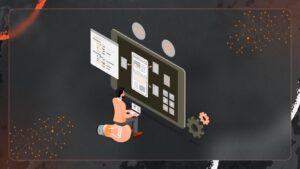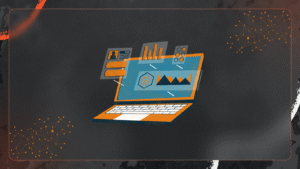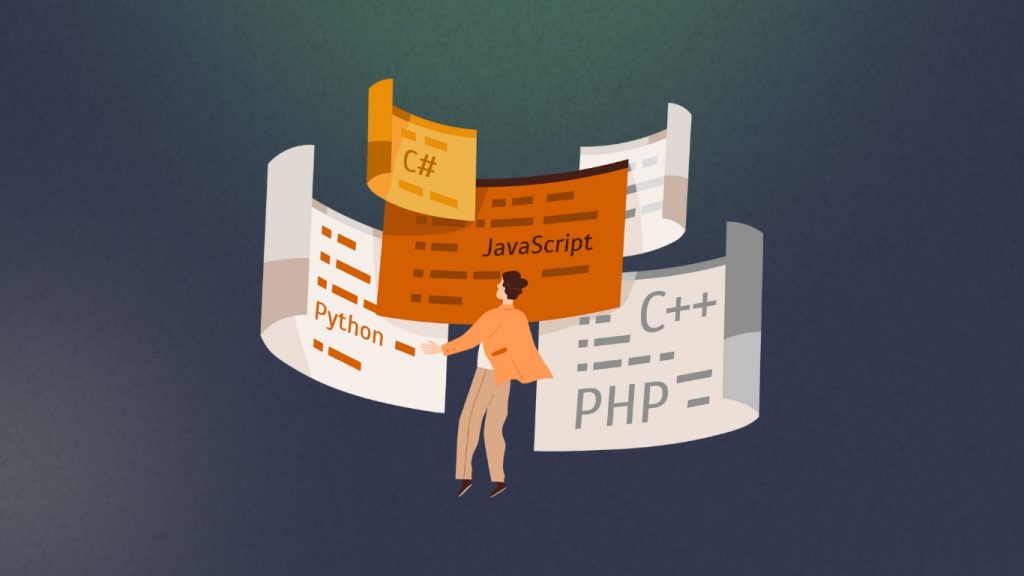
Ever tried baking a cake without knowing the recipe? That’s pretty much like software development without the right approach. In a rapidly changing business environment, it is critical to select an appropriate methodology for software development. It isn’t just about preference: it is a crucial tenet upon which the success of your project is built. From managing client expectations to changing and ambiguous requirements, the wrong approach will quite literally make or break your software.
So if you’re stepping out as an entrepreneur, a budding product manager, or an inquiring developer; keep yourselves abreast with these 7 prevailing software development methodologies, when to use them, and what’s the need for it. Let’s get into it, right?
1. Waterfall: The Classic Blueprint
Waterfall is essentially like planning a school project step by step in a linear and sequential approach. Waterfall is a linear and sequential approach. Each phase (requirements, design, implementation, testing, and maintenance) must be completed before moving on.
When to use it:
- Clear and fixed requirements
- Strict timelines and budgets
- Projects where predictability matters (think: government, defense)
Why it works:
- It’s structured and easy to manage
- Documentation is detailed, which helps long-term
- Everyone knows what to expect
But here’s the catch: A client can hardly shift once mid-way, and if he does so, one ends up starting over. That most customers do change their minds for another round of changes.
2. Agile: Embrace Change Like a Pro
We all know that in real life, clients change their minds. Features evolve. Priorities shift. And that’s where Agile swoops in. Agile isn’t a word, it’s a flexible and iterative methodology. Instead of delivering the entire project at once, it delivers small increments in ‘sprints.
When to use it:
- Projects with changing requirements
- Startups and MVPs (Minimum Viable Products)
- When client feedback is crucial at every step
Why it works:
- Constant collaboration
- Rapid delivery and feedback
- Highly adaptive
Real-world example: Building an app? Start with a login screen, get feedback, improve, then move on to the next feature.
Heads up: Agile requires discipline, strong communication, and a collaborative team environment.
3. Scrum: Agile, But Structured

Think of Scrum as a focused flavor of Agile. It breaks work into “sprints” (typically 2–4 weeks) and includes defined roles like Product Owner, Scrum Master, and Developers. Daily stand-up meetings help everyone stay on the same page.
When to use it:
- Fast-paced teams that thrive on collaboration
- Projects that need quick updates or releases
- Teams looking for measurable progress
Why it works:
- Transparency and accountability
- Regular delivery of workable features
- Keeps the team focused
If your team loves sticky notes, daily check-ins, and burndown charts, Scrum is their happy place.
4. Kanban: Visualize the Workflow
Ever used a whiteboard with sticky notes to track progress? That’s basically Kanban. It’s a visual method that focuses on workflow efficiency. Tasks are moved through stages like “To Do,” “In Progress,” and “Done.”
When to use it:
- Teams juggling multiple tasks at once
- Projects with continuous delivery
- Support or maintenance teams
Why it works:
- Visual clarity on project status
- Encourages focus on finishing tasks
- Limits “work in progress” overload
It’s like cleaning your room: Finish folding clothes before vacuuming the floor.
5. DevOps: Merge Dev & Ops for Super Speed
Software development is not just about building, it’s also about deploying and maintaining. DevOps is a culture and practice that combines software development (Dev) and IT operations (Ops). It focuses on automation, continuous delivery (CD), and integration (CI).
When to use it:
- Large-scale projects that need frequent updates
- Products requiring rapid deployment
- Teams seeking performance, speed, and stability
Why it works:
- Reduces manual errors
- Speeds up release cycles
- Bridges the gap between development and operations
Think of it like this: DevOps is the secret sauce behind your favorite apps getting new features so fast.
6. Lean: Build Less, Deliver More

Lean development borrows from Lean manufacturing principles. The idea is simple, remove waste, focus on value, and deliver fast.
When to use it:
- Tight-budget or short-deadline projects
- Startups with minimal resources
- Teams looking for rapid MVP delivery
Why it works:
- Eliminates unnecessary features
- Prioritizes customer feedback
- Encourages continuous learning
Ask yourself: Does this feature really solve the user’s problem? If not, cut it.
7. Spiral: The Risk-Aware Model
Spiral development is a bit like mixing Waterfall with Agile but with a twist, it’s risk-driven. You go through planning, risk analysis, engineering, and evaluation in cycles (or spirals), refining the product as you go.
When to use it:
- Large, complex, high-risk projects
- Projects where safety or performance is crucial
- Development that requires frequent reassessment
Why it works:
- Focuses on identifying and mitigating risks
- Allows multiple rounds of feedback
- Adapts well to evolving needs
It’s like test-driving your car during development. You find out what’s working and what could go wrong , before it’s too late.
Conclusion
Every software project tells a different story. The team, budget, timeline, and goals all shape which approach fits best.
So, take a step back. Ask yourself:
- Do I expect the requirements to change?
- How involved will the client be?
- What’s my deadline and budget flexibility?
The perfect software development approach isn’t about trends, it’s about what works best for your unique journey. And hey, if you’re ever in doubt, start small, test often, and stay human in your process. The best tech is always built by people, for people.
Published: June 12, 2025








